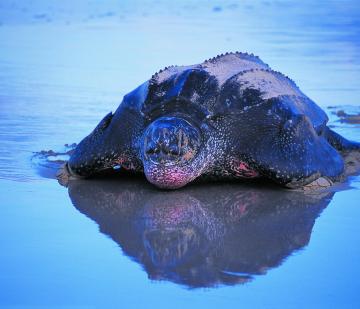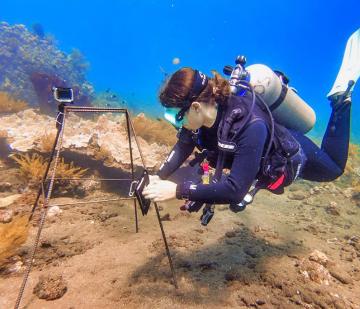BOOK WITH A $500 DEPOSIT
Restoring Habitats in Kenya's Greater Maasai Mara







Join scientists to restore Kenya's Greater Maasai Mara Ecosystem through research and conservation within Enarau Wildlife Conservancy and the surrounding landscape. Shed light on habitat degradation and help researchers shape the future of savanna restoration.
 Embark on a journey to the Enarau Wildlife Conservancy, a beacon of hope for Kenya's Maasai Mara. Over the last 40 years, the Greater Maasai Mara Ecosystem has suffered ecological degradation, reduced large mammal populations, and disrupted wildlife migrations. This expedition provides the opportunity to support scientists conducting pioneering research to rejuvenate the iconic savannas and bolster wildlife conservation efforts in the Greater Maasai Mara Ecosystem.
Embark on a journey to the Enarau Wildlife Conservancy, a beacon of hope for Kenya's Maasai Mara. Over the last 40 years, the Greater Maasai Mara Ecosystem has suffered ecological degradation, reduced large mammal populations, and disrupted wildlife migrations. This expedition provides the opportunity to support scientists conducting pioneering research to rejuvenate the iconic savannas and bolster wildlife conservation efforts in the Greater Maasai Mara Ecosystem.
The Enarau Wildlife Conservancy is a living laboratory encompassing diverse habitats, such as grasslands, woodlands, and one of the most extensive wetlands in the Mara. This conservation area has the potential for future expansion and can attract more wildlife and promote natural plant regeneration. Enarau, which holds 336 acres of abandoned farmland, provides a unique opportunity to investigate various savanna restoration strategies that can be scaled across other degraded lands in East Africa.
Beyond Enarau, Earthwatch participants will be crucial in establishing a surveillance network to monitor ecosystem degradation across a vast 100 km2 landscape. By closely working with scientists and local communities, your hands-on contributions will directly impact the revival of this critical ecosystem. You will monitor biodiversity and land degradation, help reintroduce native species, conduct experiments on rehabilitated farmlands, and more.
.
A Typical Itinerary
- Day 1: Meet, travel to the field site
- Day 2: Orientation, training
- Day 3: Landscape monitoring
- Day 4: Enarau-based research activities
- Days 5–6: Landscape monitoring
- Day 7: Recreational day
- Days 8–9: Enarau-based research activities
- Days 10–11: Landscape monitoring, research wrap-up, farewell gathering
- Day 12: Departure
HOW YOU WILL HELP

Perform Restoration Activities
Remove invasive species, reintroduce native species, process and propagate seeds and water seedlings, and contribute directly to the project's environmental restoration goals.

Facilitate Experimental Research
Conduct vegetation surveys and support manipulative experiments to enhance scientific understanding.

Collect Wildlife Data
Gather data about geography and biodiversity, including monitoring mammals, butterflies, other invertebrates, and birds, to monitor biodiversity and habitat restoration over time.
Field conditions and research needs can change the itinerary and activities. We appreciate your cooperation and understanding.
.
FEEDBACK & QUESTIONS
Sign up for the Earthwatch Newsletter
Be the first to know about new expeditions, stories from the field, and exciting Earthwatch news.
.
.
.








